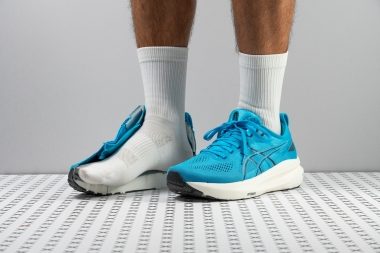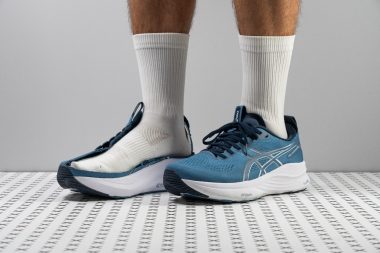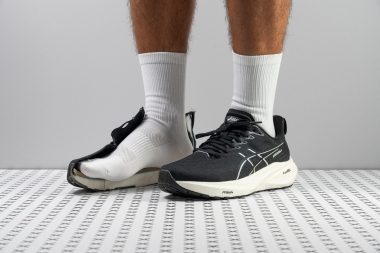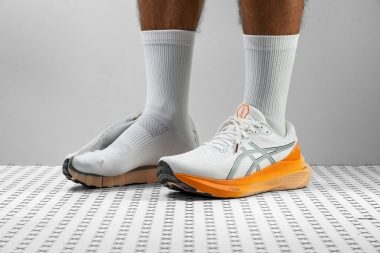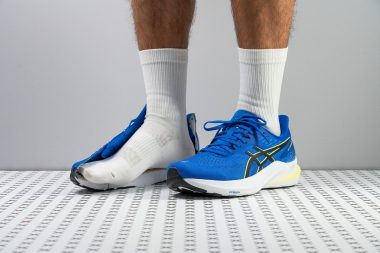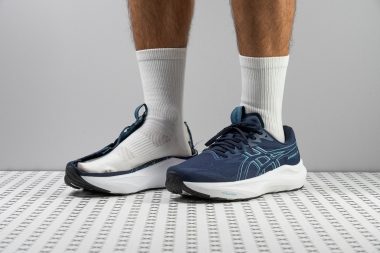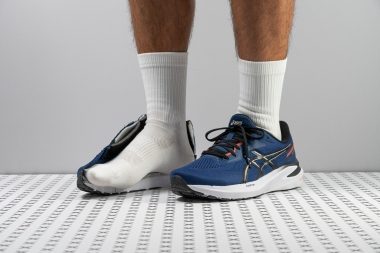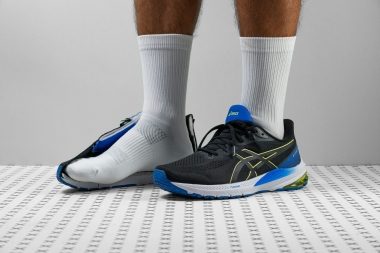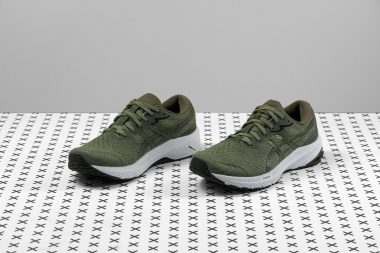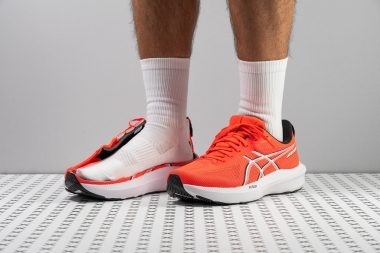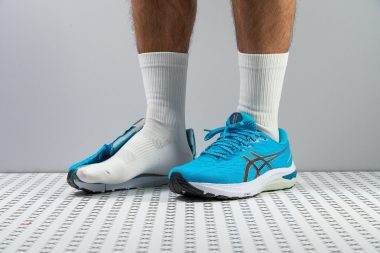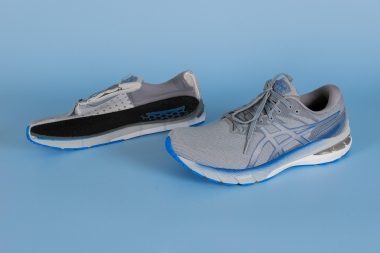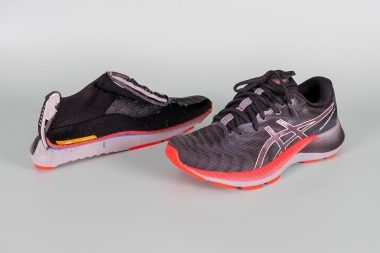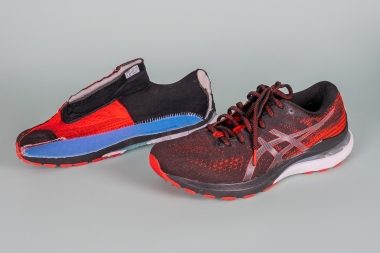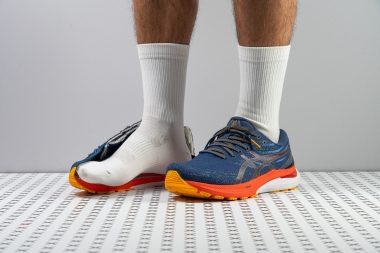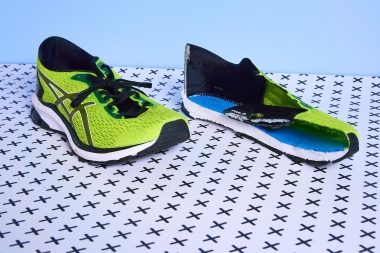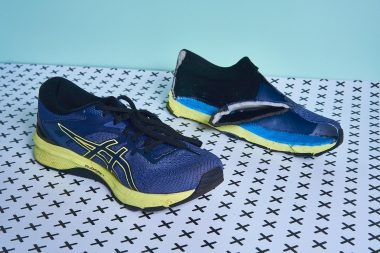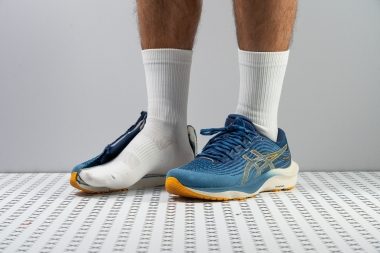ASICS running shoes for flat feet
18 shoes reviewed
We buy shoes ourselves. We earn commissions when you buy through us, at no extra cost. Why trust us
- 89Great$165 $125Save 24%
- 83Good$165
- 89Great$140 $99Save 29%
- 87Great$160 $89Save 44%
- 90Superb$140 $100Save 29%
- 82Good$140
- 79Good$110 $70Save 36%
- 84Good$100 $68Save 32%
- 85Good$100 $60Save 40%
- 81Good$110 $97Save 12%
- 89Great$140 $129Save 8%
- 89Great$100 $95Save 5%
- 87Great$160 $120Save 25%
- 90Superb$160
- 89Great$278
- 88Great$150
- 88Great
Out of stock in all 41 shops
- 84Good
Out of stock in all 41 shops
Overall review lists
ASICS review lists
Flat Feet review lists
On this page, we've listed all the ASICS running shoes for flat feet that we've subjected to dozens of lab tests and run tests. These shoe reviews are the most objective representation of how these ASICS running shoes feel and perform because of our approach to testing. We cover whether the stability feels obtrusive or natural and do it for all types of shoes: narrow, normal and wide.


